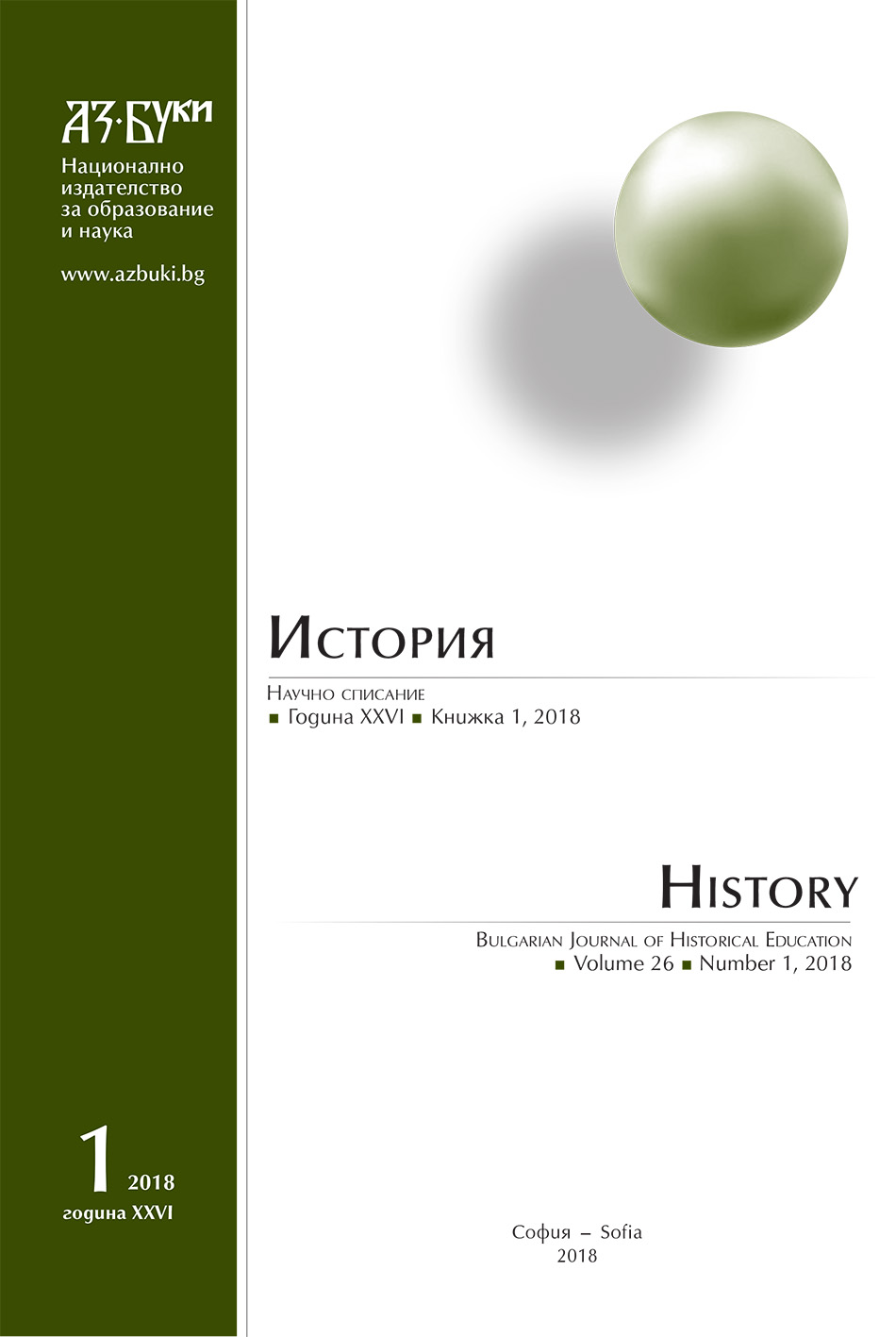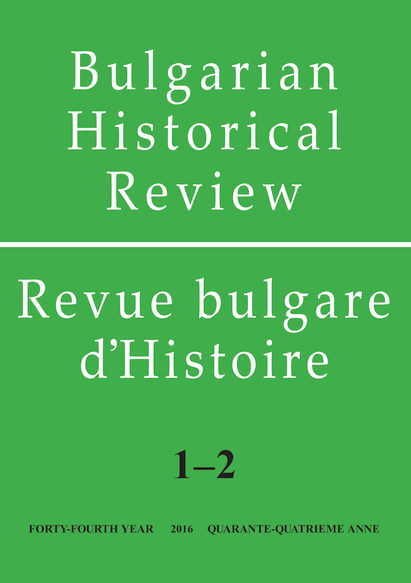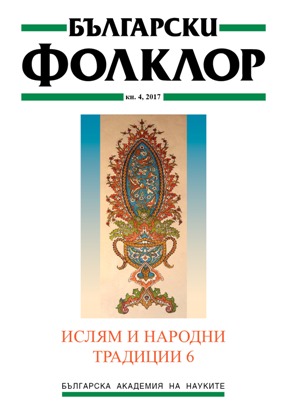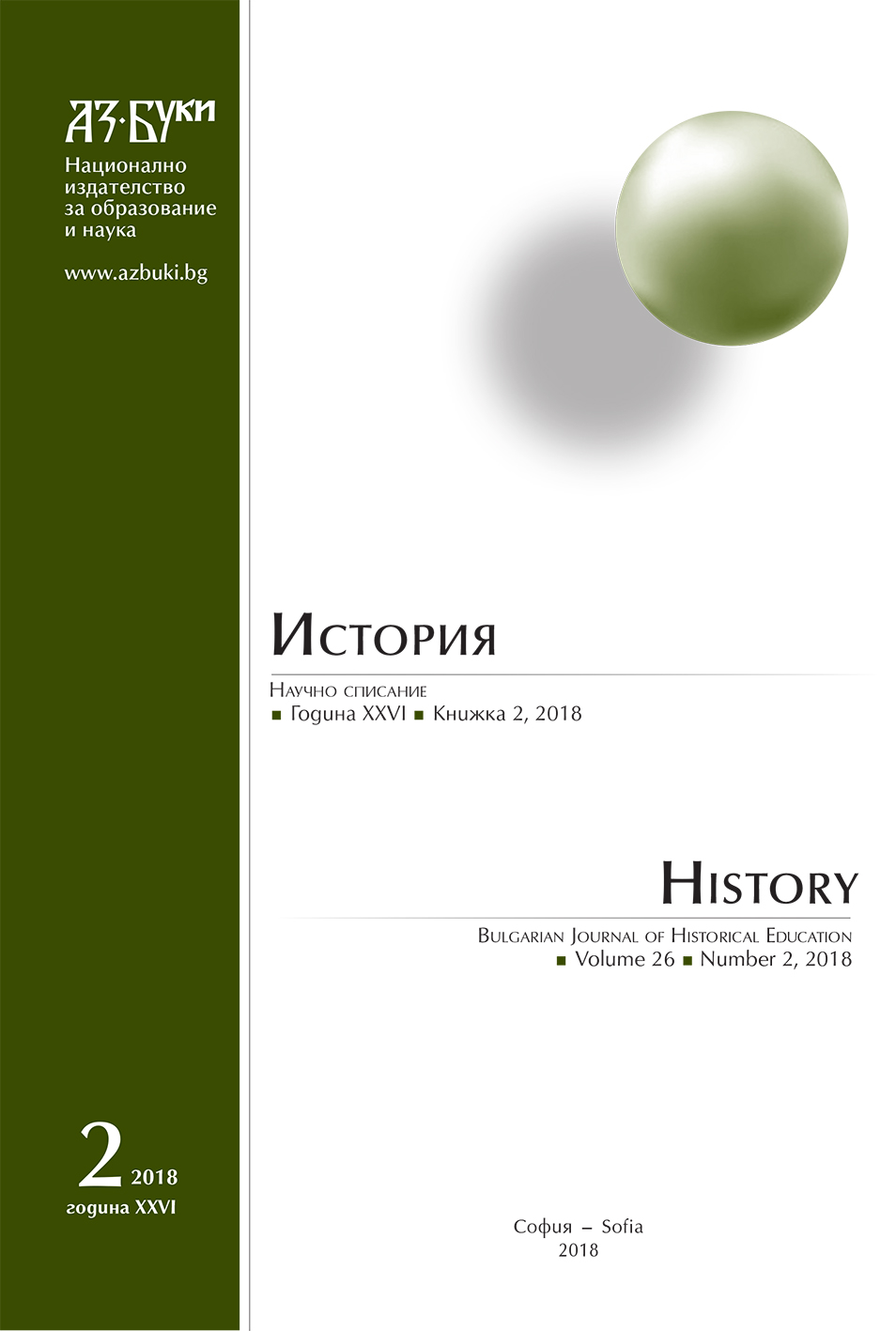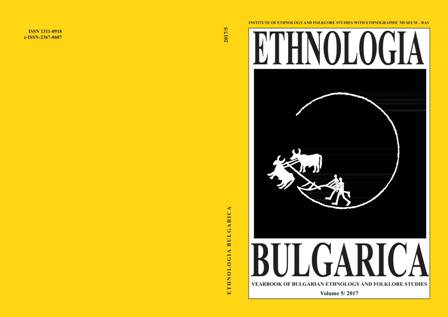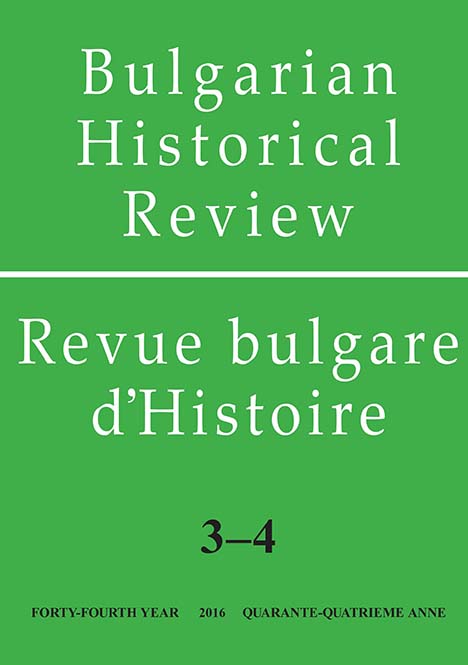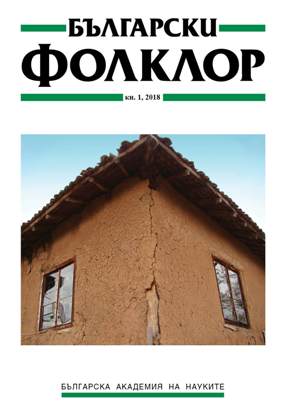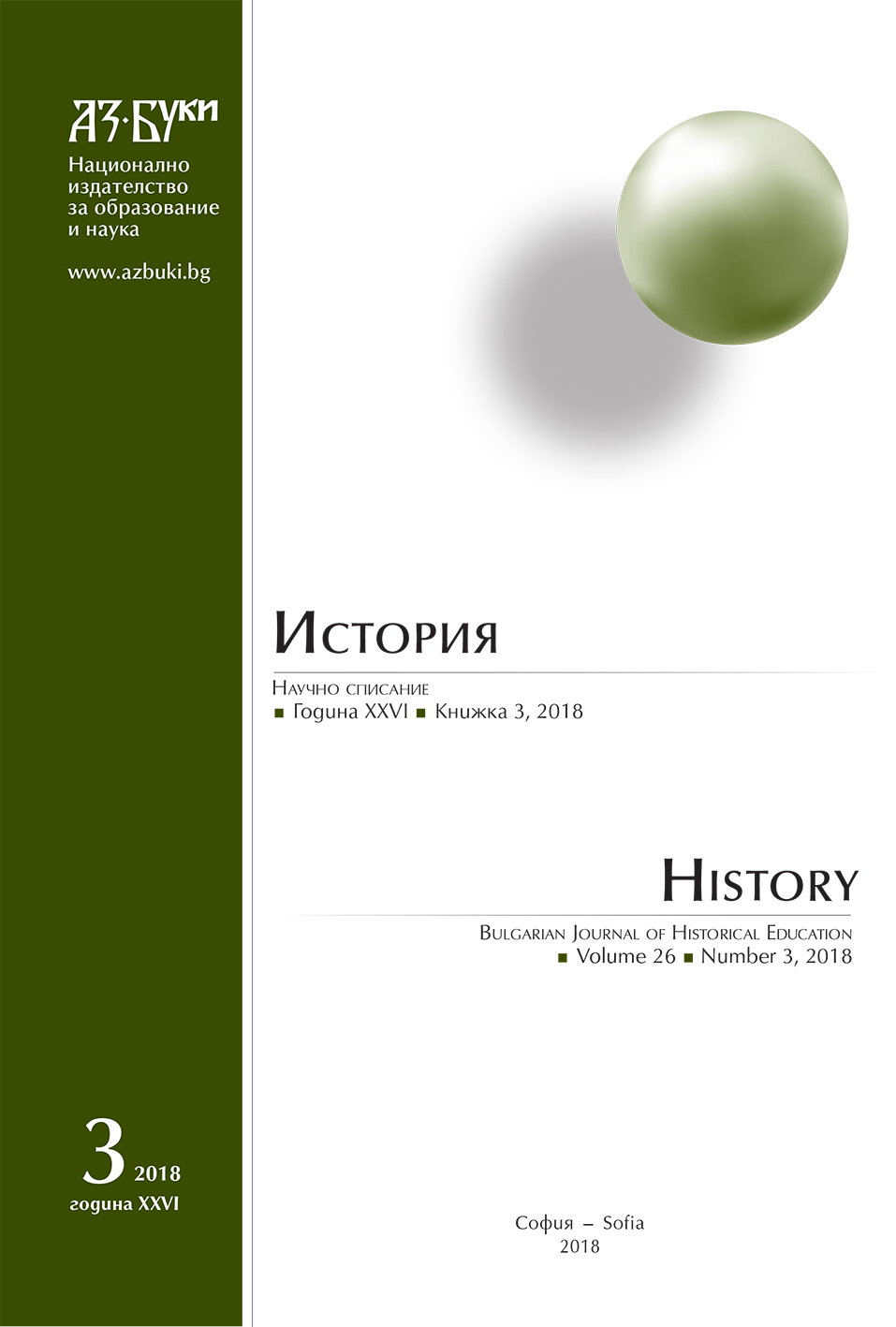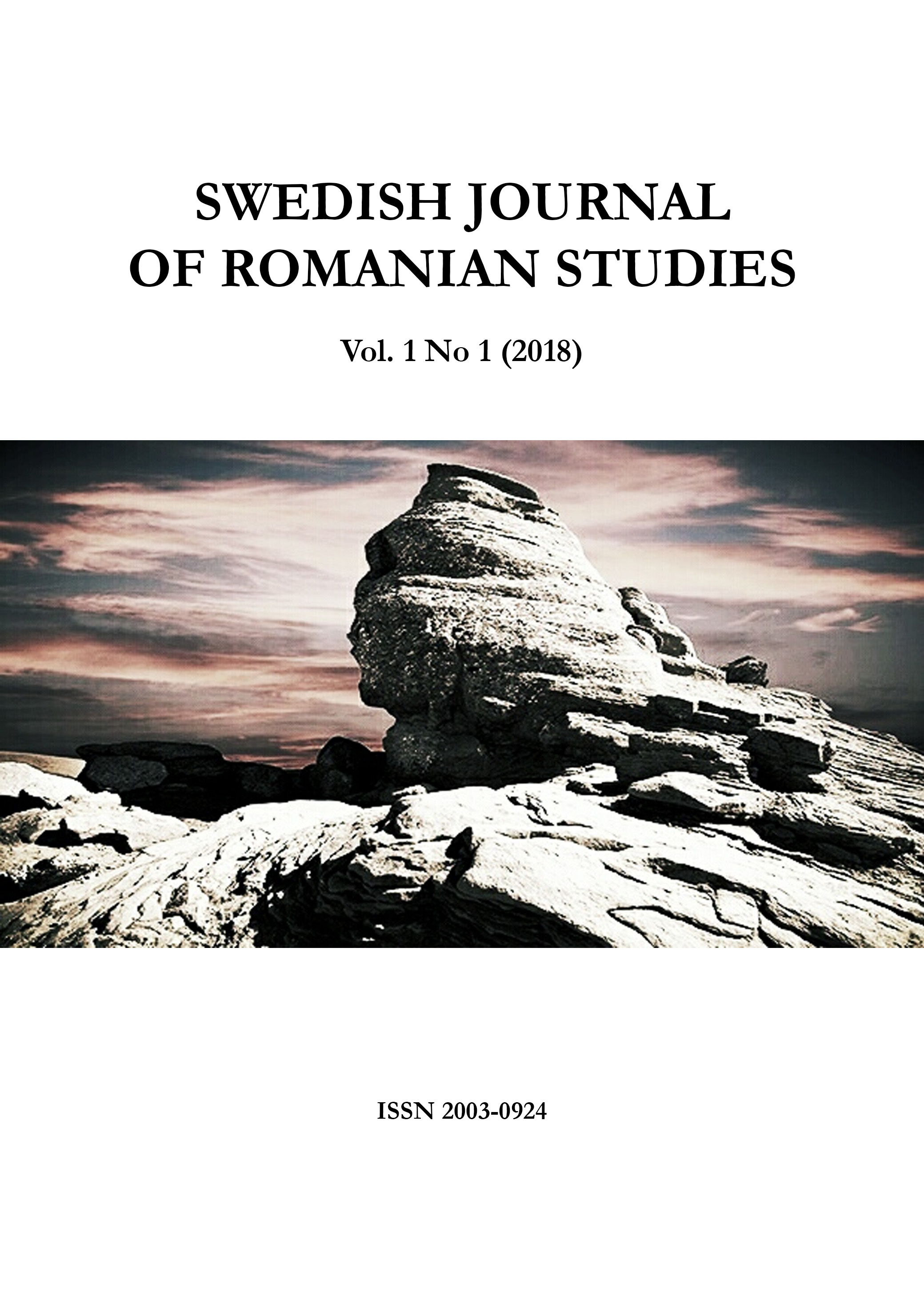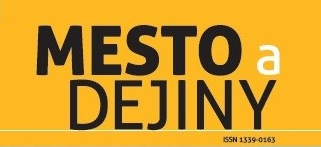
Czechoslovakism in Mentalities of Košice’s Inhabitants and Its Implementation in the Public Space of the City in the Interwar Era
The establishment of Czechoslovakia in 1918 was refused by a large proportion of its inhabitants, mainly from the part of Czechoslovak Germans and Hungarians. Beside them, a certain number of Slovaks rebelled against the state project of Czech and Slovak political elites as well. Some of them preferred to remain in the frame of the historical Hungary because they shared with Hungarians for centuries transmitted cultural patterns and cultural repertoire, the use of which came by implementing the idea of Czechoslovakism to the threat. Rebelling attitudes against Czechoslovak statehood were registered especially in the ethnically heterogeneous regions and cities which were located in the contact zone between the territories with the majority Slovak population on the one side and the minority Hungarian one on the other. Analysing the archival documents, the author of the paper focuses firstly on reactions of indigenous inhabitants of Slovak origin of the city of Košice to the establishment of Czechoslovakia, secondly, on pursuits of the political elites to implement the Czechoslovak state idea in the public space of the city, its successes, failures and tensions between the Czechoslovak and Slovak (autonomous) camps of nationalists. Thirdly, the analysis of the electoral behaviour stands in the spotlight, according to which the majority of local indigenous Slovaks voted the oppositionist parties what indicates that, in the long term, the idea of the Czechoslovak state was refused by these inhabitants. The purpose of the study lies in recognizing differentiated attitudes of the Slovak interwar (mainly urban) society to the Czechoslovak statehood and, hence, in outlining an alternative story to the traditional, in the cultural memory reproduced narrative about the establishment of Czechoslovakia as a “national liberation”.
More...
